Home hair styling has a new secret weapon: Dyson Corrale cordless hair straightener
Flat iron with flexible plates reduces damage by 'up to 50%' while battery power gives total convenience

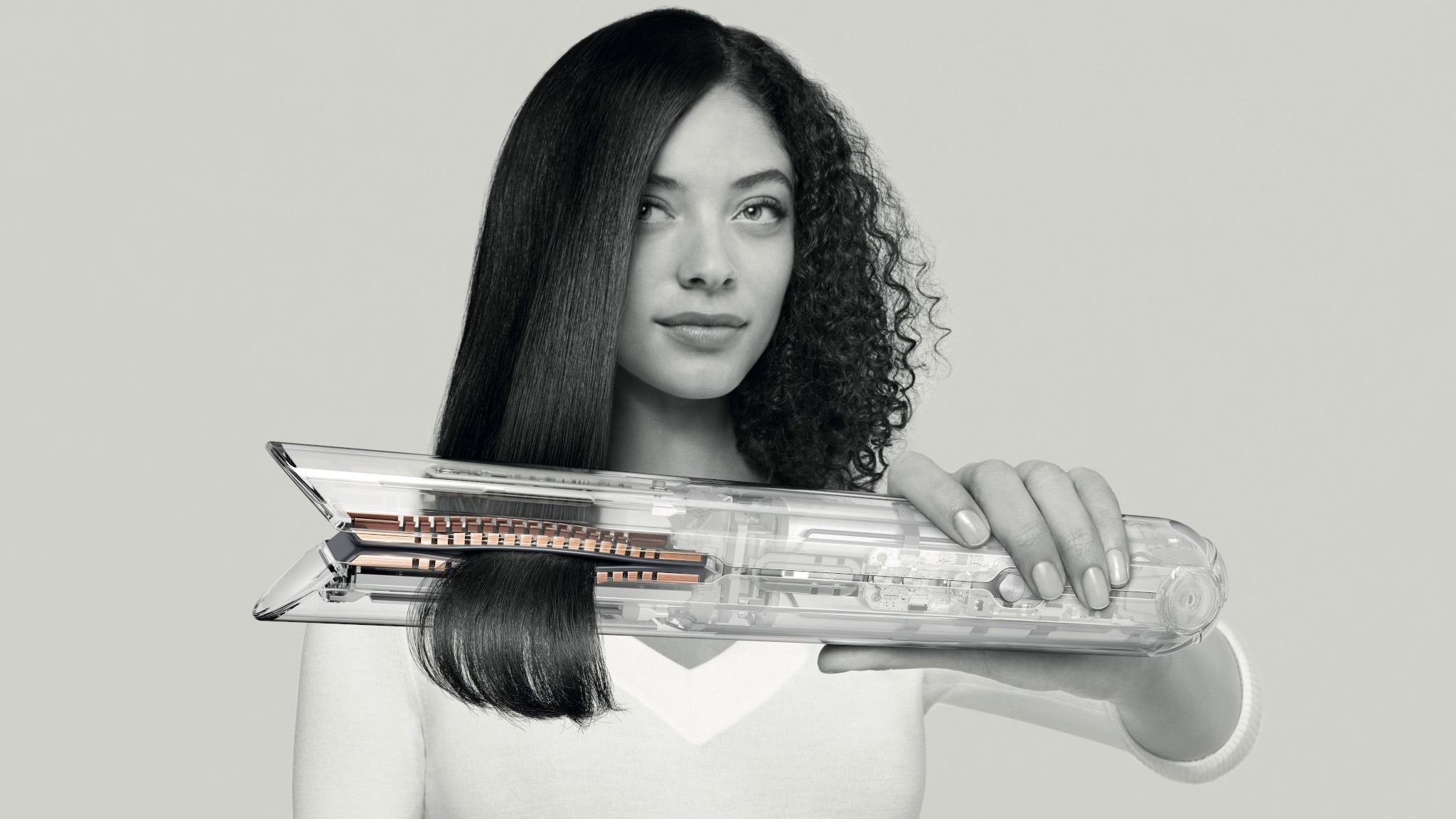
If you're interested in knowing how to cut your hair at home – and a lot of people are – you're probably also more interested than ever in how to style your hair at home. Lucky for you, then, that Dyson has just rolled out the new Dyson Corrale hair straightener. We got a sneak peak of this cordless wonder the month before its launch. Yes, that happy time, so long ago, when Dyson was known more for consumer goods than for making ventilators. What we have in this piece here is our thoughts on the technology, battery life and likely success of Dyson Corrale.
Excitingly, we've since got our hands – and hair – on the Corrale hair straighteners, after all manner of shenanigans with couriers. So you can finally read our verdict after using it for the first time. We will be updating the review as we get to grips with its features: using less heat for less damage, being cordless, and the use of flexible plates to grip your hair in a way that is allegedly different to straighteners from GHD and… all those other people who make hair straighteners.
• Read our Dyson Corrale hair straighteners review
Anyway, so. Dyson Corrale is an attempt by the Great British Brand to do nothing less than reinvent the hair straightener – or flat iron if you are reading this in America. The Dyson Corrale straightener follows hot on the heels of Dyson's Supersonic and Airwrap. Those products reinvented the hair dryer and the, erm, multi-headed, hot-air, hair-styling-and-curling, uh… thing – both in terms of quality and the kind of price you could expect to pay for them. And guess what? Corrale wants to do the same for hair straighteners and/or flat irons.
As such, Dyson Corrale will no doubt face the same reception as its predecessors, in that it will be met with gasps at the unusually high price – it's at least double what you'd pay for a GHD hair straightener.
In my opinion – and admittedly this is coming from a bald guy – it'll then sell like mad, and make Sir James Dyson an even bigger fortune than he already enjoys.
The proposition is this: Dyson Corrale is a cordless hair straightener that's at least as good as any corded one. It uses unique, flexing plates to gather the hair, and straightens with less heat, which should mean less damage to hair and more lustrous locks.
Get all the latest news, reviews, deals and buying guides on gorgeous tech, home and active products from the T3 experts
Dyson not only knows how to make great products, it's also very adept at making expensive products that are designed, engineered and built with enough bells and whistles to make them feel special enough to justify the price. Truly, Dyson is the Apple of hair styling, fans and vacuum cleaners. It’s even given this a ‘flight safe‘ mode, just like your mobile. It disables the battery’s connection to the heater.
I bet you're dying to know just how expensive Dyson has managed to make the previously humble hair straightener or flat iron, so here we go…
Dyson Corrale: price, release date and where to buy the Dyson cordless hair straightener
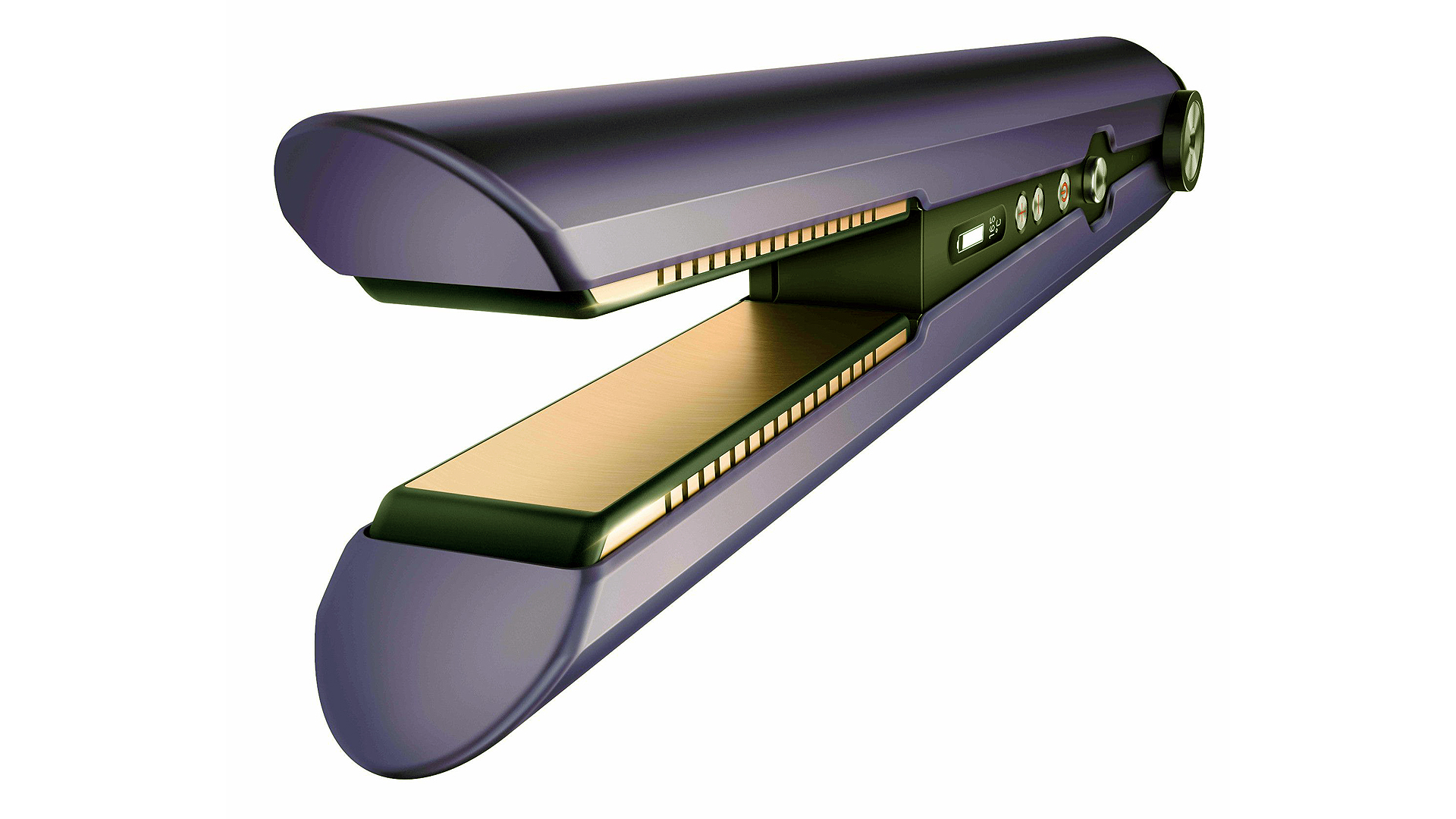
600 hours of testing on people and 7 years of development went into the Corrale
Dyson Corrale Straightener costs £399/$499. It's available in a choice of fuschia, purple and black. The transparent one used in the main image is not available to the public, alas.
Dyson Corrale Straightener release date is March 10 (ie, it's on sale now)
In the UK it's available from Dyson's online store.
In the USA it's available at, yes… Dyson's online store!
Dyson Corrale: design and build
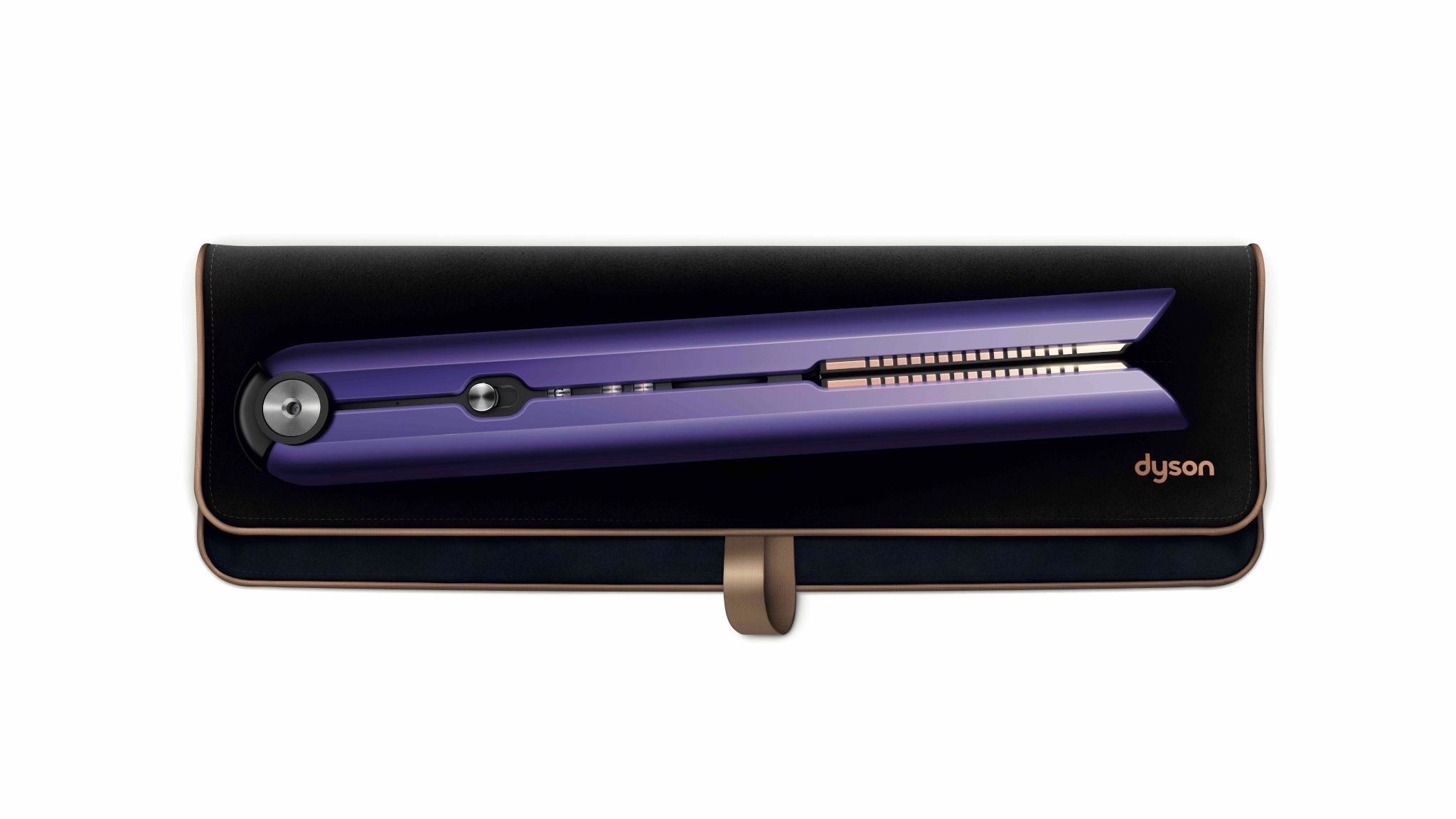
The Corrale and its accessories from many angles
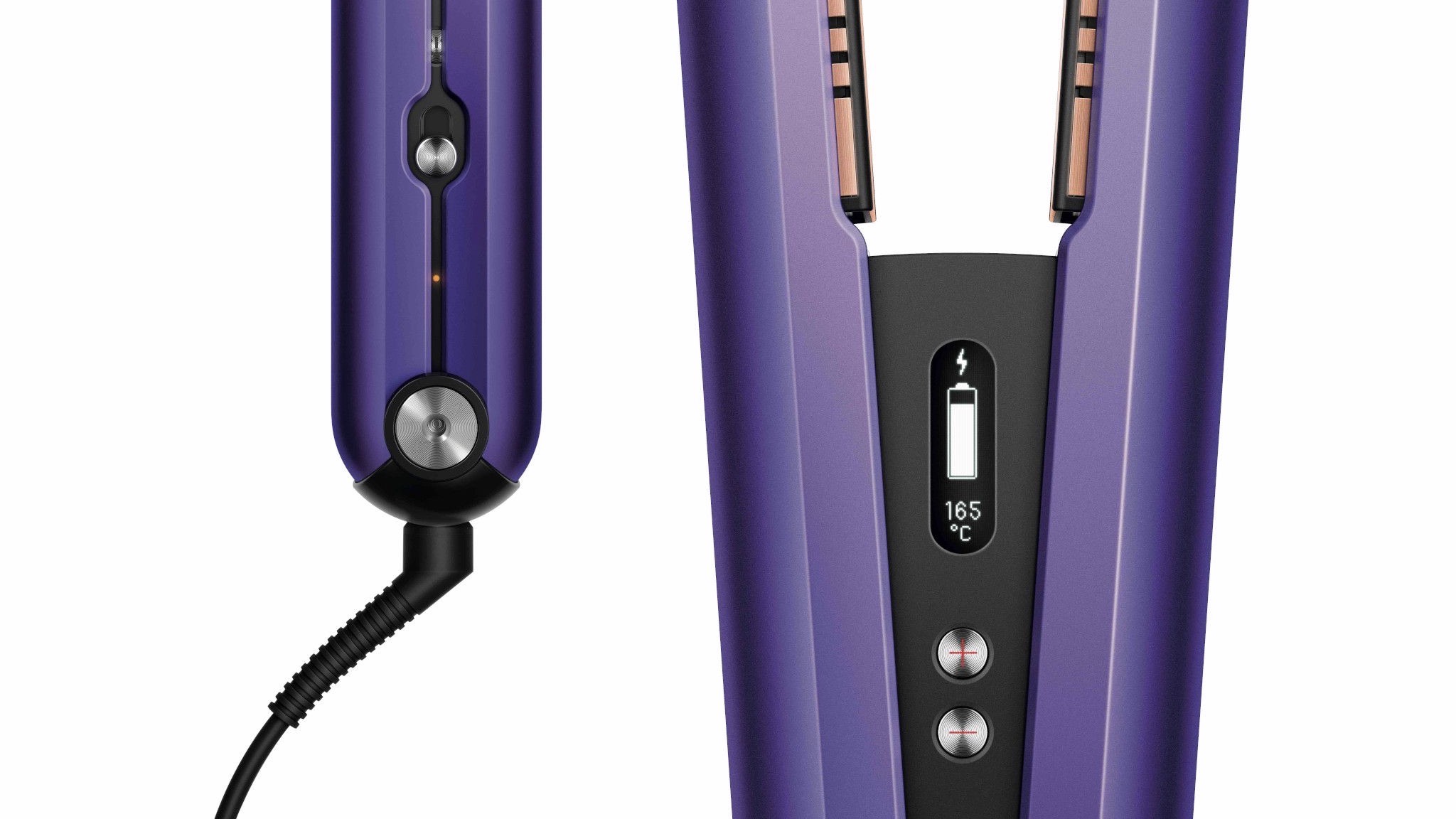

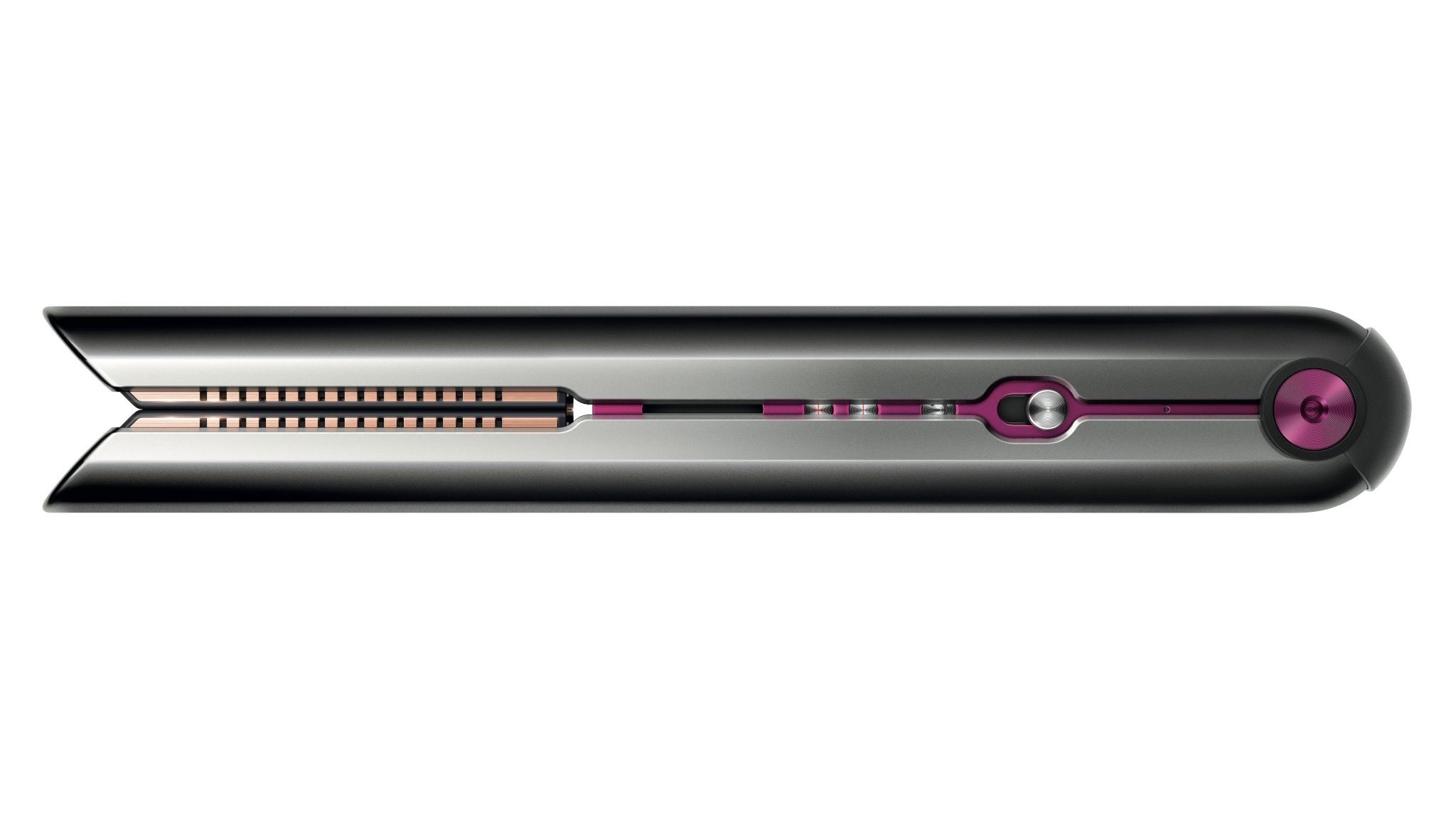

I was lucky enough to visit Dyson HQ in Malmesbury – a very pleasingly posh word to say – to 'try out' the Corrale. Obviously I couldn't do much with it due to the old hair situation but I could certainly observe that this is a typically well made, attractive Dyson product.
The one note of caution I will sound here, to get it out of the way, is that while it felt fine to me, the women on our Dyson tour all noted that it was heavier than a normal straightener.
It's very easy to be sceptical about any product aimed primarily at women but made primarily by men – Dyson HQ, like anywhere engineering-related, is quite the sausage fest. So is it possible that a bunch of rugby-playing blokes have made something that will cause arm strain in women? I think not. Having seen the amount of testing Dyson carries out, it is hard to believe that the Corrale is heavy to the point of being painful to lift up and slide down your hair. So I am going to go with 'reassuringly weighty'.
And Dyson really does do a lot of testing. Walking around the HQ, you can physically see why its products command premium prices. Custom-built testing rigs line the walls of endless labs and workshops. There's a chamber devoted solely to testing products for compliance with radio interference regulations. Oh, and there's a bloody engineering university attached. This is not a brand that cuts corners.
As well as a four-cell lithium-ion battery, which you can't see, the main innovation is the 'patented Dyson flexing plates'. Made of a unique copper alloy, these use 'microhinges' to gently flex and shape around the hair. Dyson claims this means 'half the damage', although that is one of those claims which is impossible for any normal user to verify.
The way the plates hold the hair means more tension is applied, which means less heat is required. This is not a new idea – GHD's range-topping smart straighteners also use lower heat. However, Dyson reckons its flexing plates, along with microprocessor-controlled regulation of heating, mean even better results than GHD, with fewer passes.
The build quality seems absolutely bullet proof. I could just feel how solidly made it is, and also learned that Dyson spends years testing it for resistance to drops, drawer-slams, and a machine that simulates it being trodden on by a 220kg person wearing heels. It'll even shut itself off instantly if dropped in water although again, I don't recommend trying this in your bath at home.
Dyson Corrale: battery life

Battery life is quoted at 30 minutes, though it may vary by temperature used
The four-cell lithium-ion battery gives you 30 minutes of cord-free straightening and styling, and recharges fully in 70 minutes. It comes with a charging cord that attaches magnetically and can be used corded, which is not always the case with battery products. There's also a charging dock, powered by the same cord.
An interesting little problem with batteries is that not only do they run out of charge but that over the years, they lose the ability to recharge. Dyson quotes five years as a minimum lifespan, but no less an authority than Sir James Dyson told me that in real life use, they should last a lot longer. After five years, the likelihood is that they'll hold enough charge for perhaps 20 minutes of use, and that will continue to diminish, but by juggling corded and cordless use, the Corrale's long-term battery life should be acceptably long. Please note however that the battery is not replaceable, even by Dyson.
Dyson Corrale: is it any good?
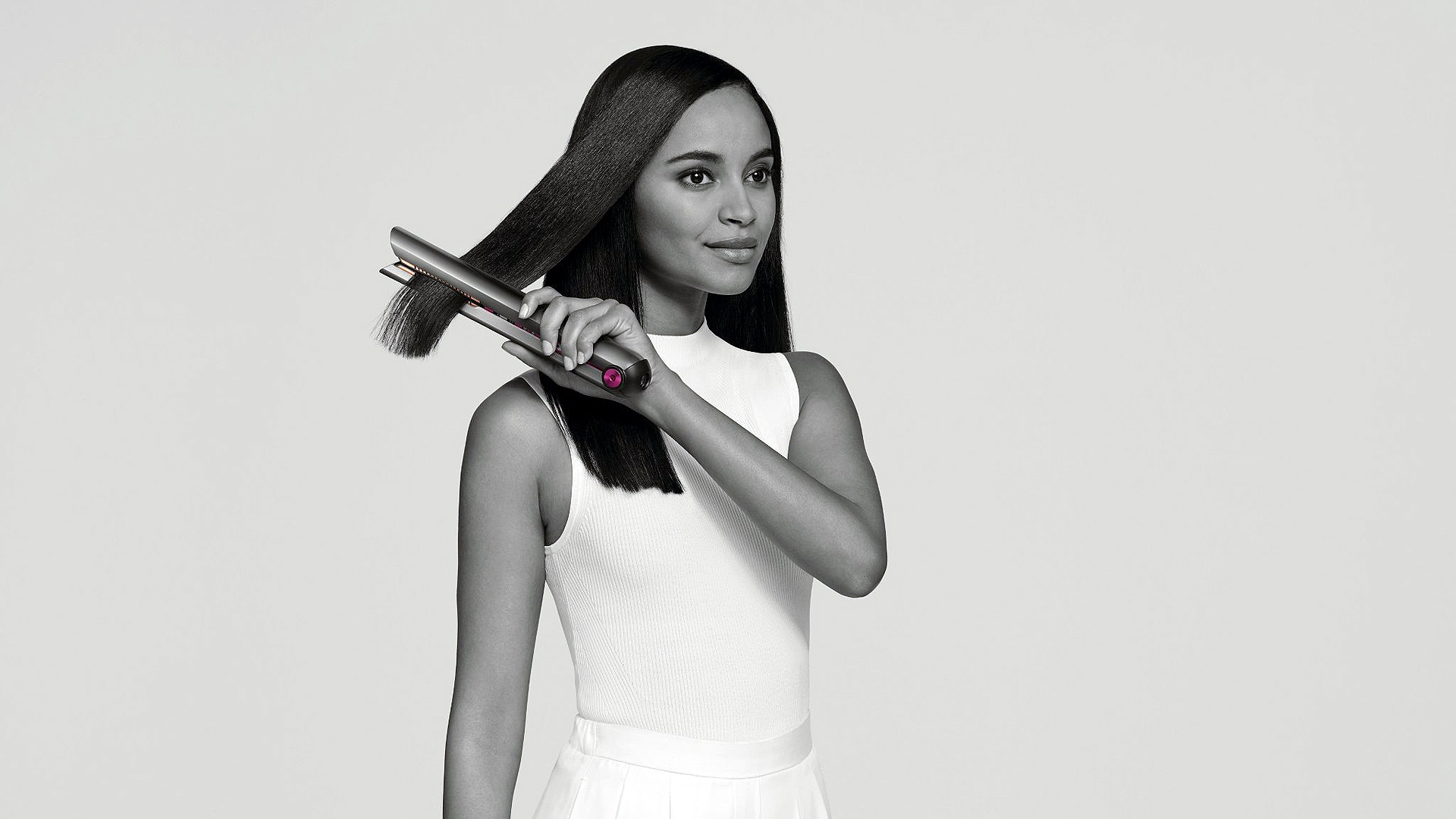
Dyson says Corrale is suitable for all hair types
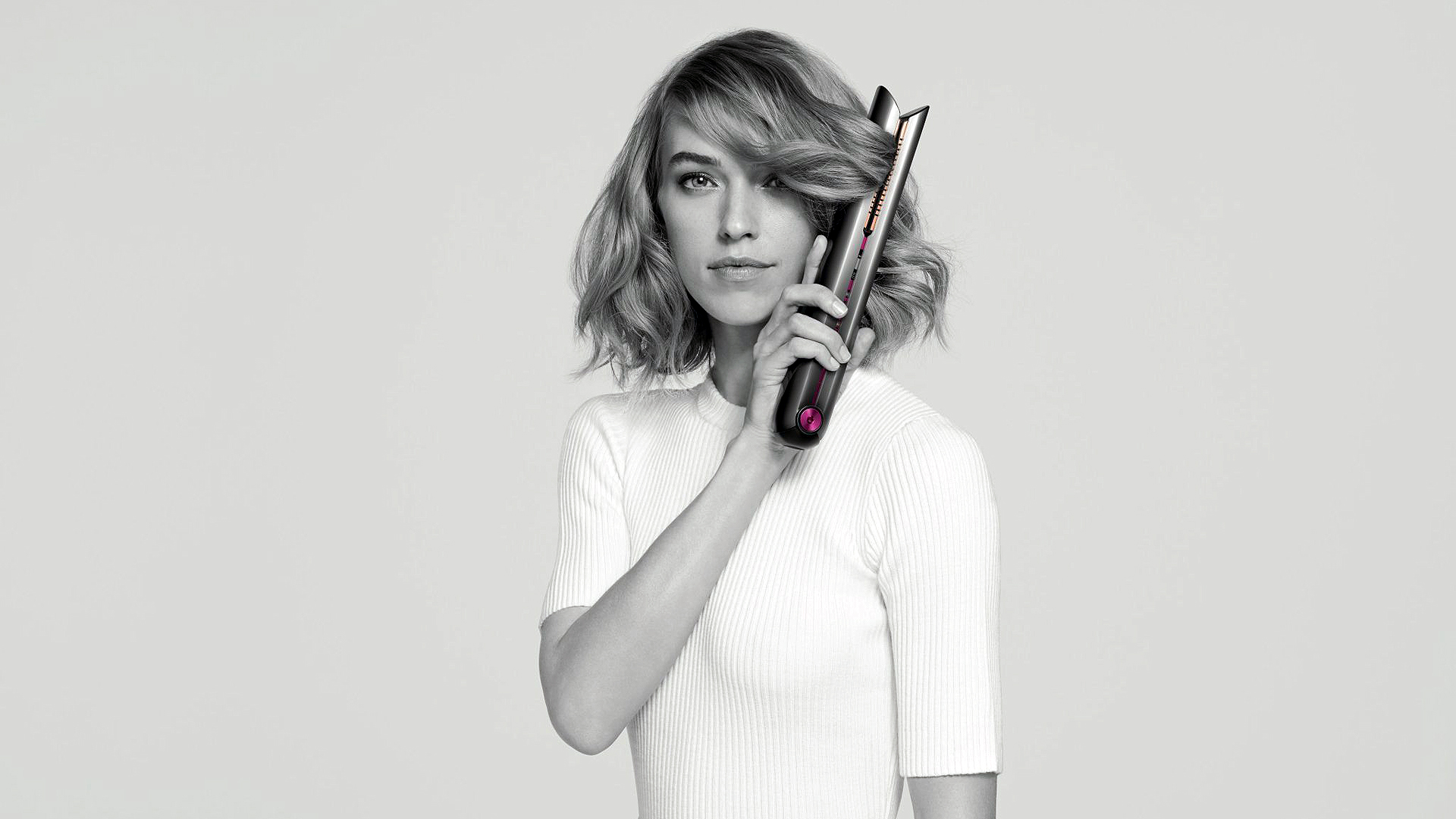


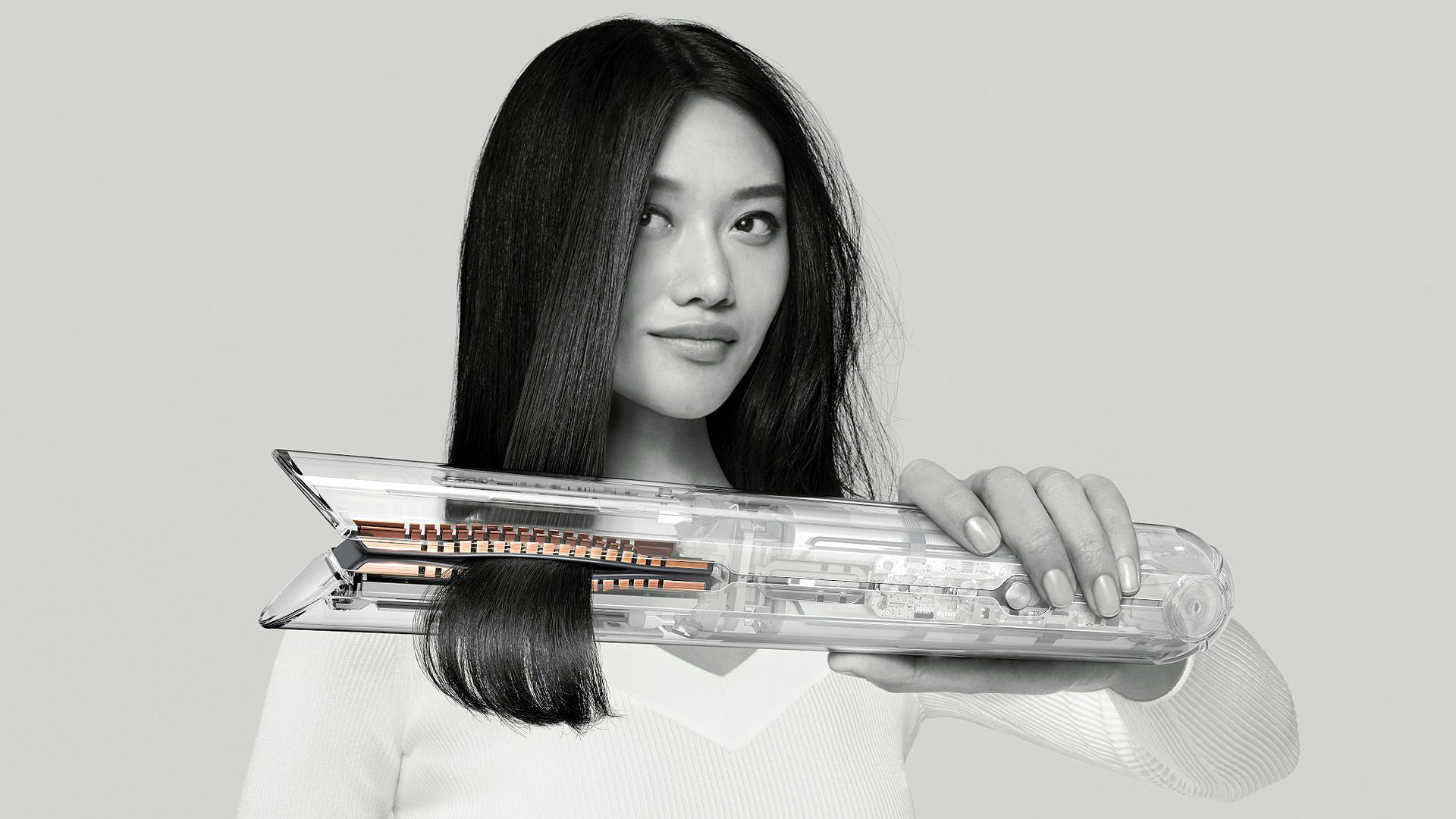
As a piece of technology, the Corrale Straightener is clearly very good. Everything feels premium. From the look and feel of it, to the advanced battery and plate tech, to the very pleasing 360º magnetic cable, and the nice beeps it makes when turned on or heating modes are selected, this is 400 quid's worth of hair straightening magic.
It's interesting that, while the big story here is straightening using lower temperatures, the Corrale actually has three heat settings: 165°C (330°F), 185°C (365°F) and 210°C (410°F). The latter is what I use to cook oven chips, so god knows what that does to your hair. But given that some punters are hard to persuade to try new approaches, maybe it's essential to retain the higher heat options.
How well it straightens my hair, I couldn't tell you. I haven't got enough. None of the ladies invited to try the Corrale had the time to use it either, and there was no QVC style demo with a model having it used on her, while a man with a mic said, "As you can see, Samantha's hair is now beautifully straight. You look fabulous my darling." Which is a shame.
Hair straighteners aren't just for straightening, either. They can be used for all manner of flicks, curls and waves. But we didn't get to do that, either. It may be the case that Corrale ends up being most popular with professional stylists, who can really make the most of it – and can easily justify it as a business expense.
So this is very much a hands-on review not a 'hair-on' one. We will have a full review, done by a person with hair, as soon as Dyson sends us a sample.
Having seen the borderline insane amount of effort that Dyson puts into making its products, I'd be absolutely shocked if this was a stinker. They say they have poured the following resources into the Corrale:
• £1bn investment and pioneering expertise in battery technology!
• £100m investment made to Hair Laboratories globally, employing hundreds of hair scientists, engineers and professionals!
• Over 600 hours of user trials with real users, completed in 5 countries, including over 800 participants!
• £25m investment in research and development!
• 7 years in development!
• 5 gold rings, 4 calling birds, 3 French hens.
Dyson Corrale: early verdict

The Corrale comes with this fetching heat mat/carry case
I'm fairly willing to take Dyson's word for it that Corrale straightens hair very effectively and with less damage when used on its lower heat setting. However, despite their lavish hospitality and obvious expertise I really will have to wait till a more hirsute colleague has had several weeks of quality time with them.
Corrale is clearly a tour de force of tech innovation. It's that, and the Dyson reputation, that the brand is banking on to get customers to stump up £399 for a pair.
They have pulled this off with the Supersonic hair dryer and the Airwrap curler and styler – both devices roundly castigated as overpriced at launch. However, there was no obvious, massively dominant brand in either of those sectors. You can't say that about hair straighteners, where GHD is universally known and very well liked. So there is the possibility that Corrale will be less of a smash hit than its predecessors…
But somehow I doubt it. The combination of cordless, throw-in-your-bag convenience and the seductive allure of flexible plates that bring more lustrous, less damaged hair should ensure the Corrale is a bit hit, especially with fans of Dyson's earlier haircare products.
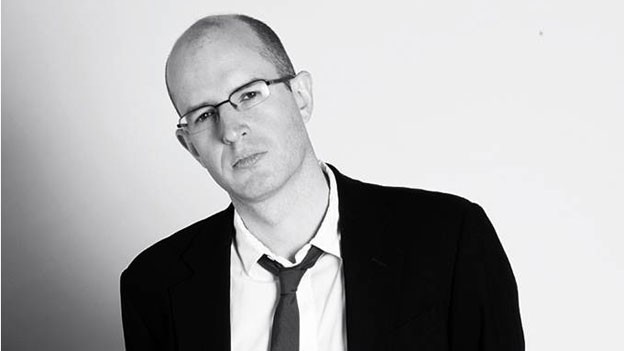
Duncan is the former lifestyle editor of T3 and has been writing about tech for almost 15 years. He has covered everything from smartphones to headphones, TV to AC and air fryers to the movies of James Bond and obscure anime. His current brief is everything to do with the home and kitchen, which is good because he is an excellent cook, if he says so himself. He also covers cycling and ebikes – like over-using italics, this is another passion of his. In his long and varied lifestyle-tech career he is one of the few people to have been a fitness editor despite being unfit and a cars editor for not one but two websites, despite being unable to drive. He also has about 400 vacuum cleaners, and is possibly the UK's leading expert on cordless vacuum cleaners, despite being decidedly messy. A cricket fan for over 30 years, he also recently become T3's cricket editor, writing about how to stream obscure T20 tournaments, and turning out some typically no-nonsense opinions on the world's top teams and players.
Before T3, Duncan was a music and film reviewer, worked for a magazine about gambling that employed a surprisingly large number of convicted criminals, and then a magazine called Bizarre that was essentially like a cross between Reddit and DeviantArt, before the invention of the internet. There was also a lengthy period where he essentially wrote all of T3 magazine every month for about 3 years.
A broadcaster, raconteur and public speaker, Duncan used to be on telly loads, but an unfortunate incident put a stop to that, so he now largely contents himself with telling people, "I used to be on the TV, you know."